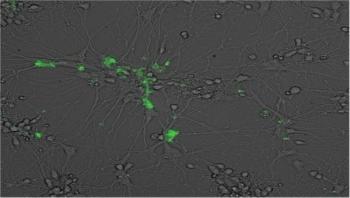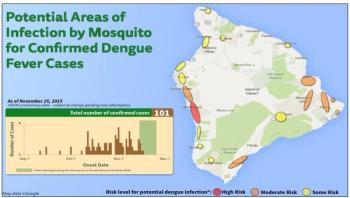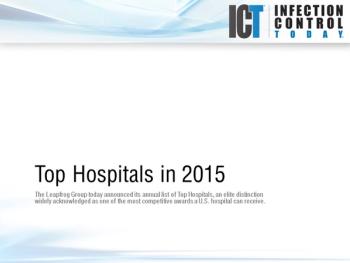
News





For years, researchers have noted a tantalizing link between some neurologic conditions and certain species of the herpes virus. In patients with Alzheimer's disease, multiple sclerosis, and cerebellar ataxia, among other neuropathies, the cerebrospinal fluid teems with Epstein-Barr virus (EBV). Yet, the nature of that link has remained unclear, as it has been assumed that EBV, as well as other viruses in the same sub-family, called gammaherpesviruses, cannot infect neurons. Now, thanks to investigators from the Perelman School of Medicine at the University of Pennsylvania, researchers in this field know better. Erle S. Robertson, PhD, a professor of Microbiology and Otorhinolaryngology and Director of the Tumor Virology Training Program at the Abramson Cancer Center, and colleagues published in mBio this week that EBV and a related virus, Kaposi's sarcoma-associated herpesvirus (KSHV), can infect and replicate in both cultured and primary neurons.



The use of disposable gloves is integral to modern healthcare. Providing a protective barrier between patients and healthcare personnel, medical gloves discourage transmission of a wide variety of diseases. Currently, several types of examination and surgical gloves are available, falling into two main categories: traditional gloves manufactured with materials that provide optimal functionality but may cause health complications, or gloves that are made with newer materials and technologies but may have deficits in shelf life, strength and elasticity.






The National Institutes of Health have awarded scientists at Texas Biomedical Research Institute and collaborators at the Food and Drug Administration, UCLA and the University of Pennsylvania a $5 million grant over the next four years to study a combination of antiviral drugs and investigative AIDS vaccines aimed at treating infants and children affected by HIV. Dr. Ruth Ruprecht, a scientist and director of the Texas Biomed AIDS Research Program, is leading this study.








The development of a reusable microfluidic device for sorting and manipulating cells and other micro/nano meter scale objects will make biomedical diagnosis of diseases, such as HIV and tuberculosis,cheaper and more convenient in regions where medical facilities are sparse or cost is prohibitive. Researchers at Penn State have recently filed a patent to develop such a device.

When associate professor of pharmacy practice Tadd Hellwig of South Dakota State University and three pharmacy colleagues at the Sanford USD Medical Center noticed that some hospital patients given two common antibiotics developed kidney failure, they decided to take a closer look. What they discovered led to closer monitoring of patients receiving vancomycin and piperacillin-tazobactam due to an increased risk of kidney damage.





